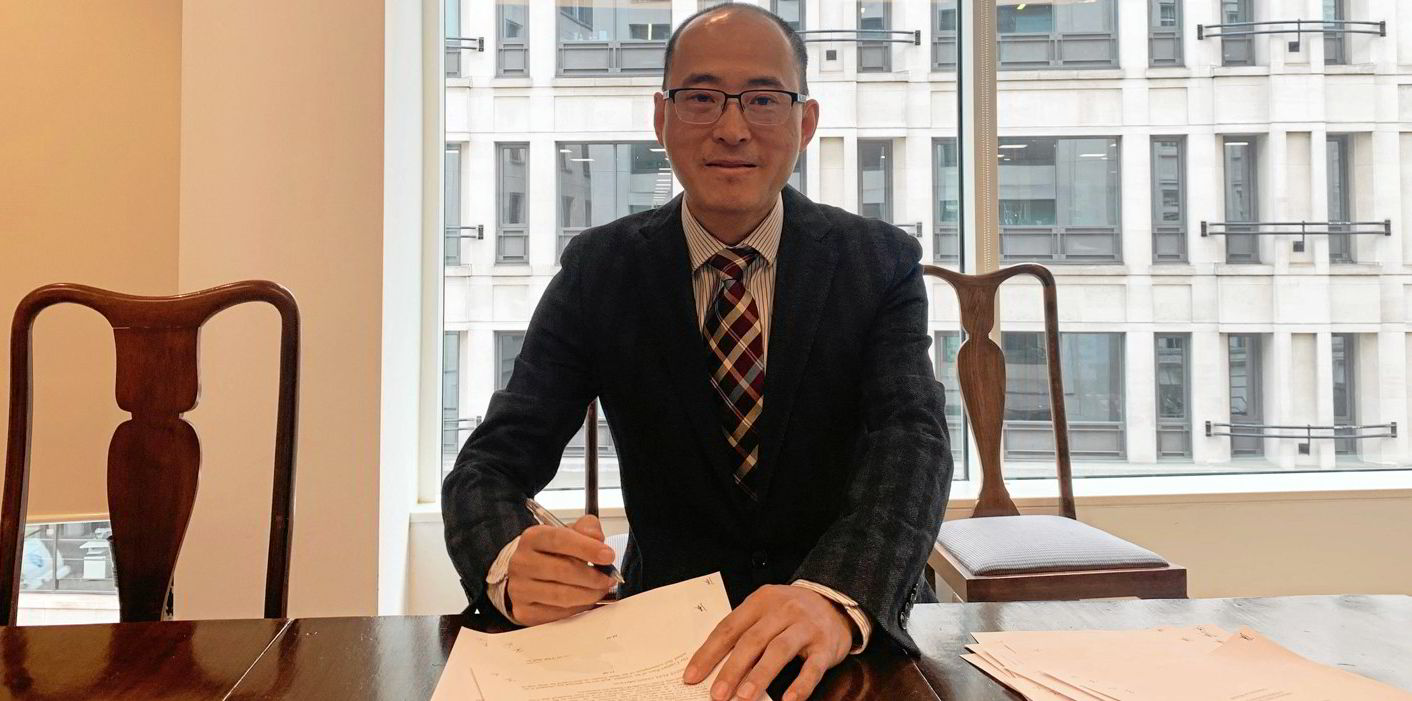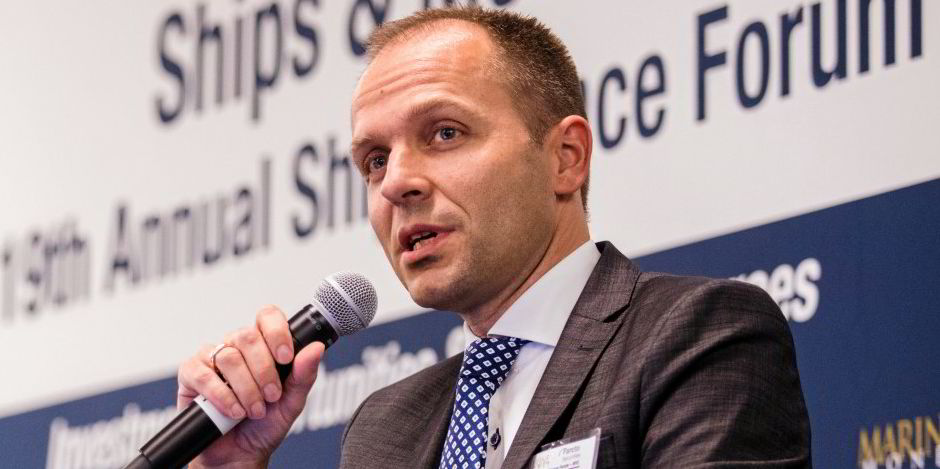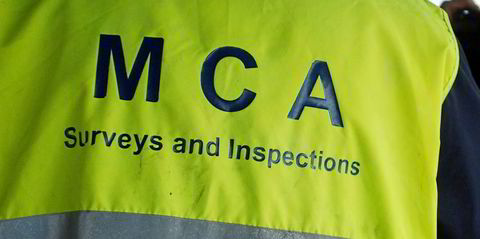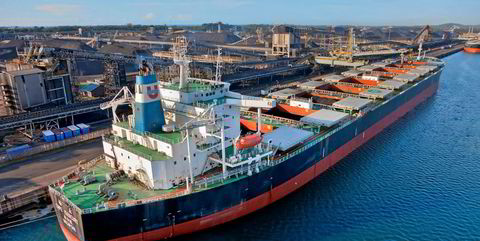China’s EGPN Bulk Carrier is aiming for more fleet growth as demand for its service increases.
The bulker operator, which turned shipowner three years ago, recently added a secondhand supramax to its fleet.
Director Zhang Yun said the outfit is hungry for more tonnage. It plans to acquire a few more vessels this year in an improving dry bulk market.
“We are seeing rising demand for our service from our clients, and they are keen to secure long-term contracts to avoid a dramatic increase in freight rates,” he said.
“The outlook for the dry bulk market is optimistic. The global supply chain is distorted by Covid-19, with many countries’ production capacity severely interrupted by the pandemic. China is now an important supply source.”
To take advantage of rising demand, Zhang told TradeWinds that EGPN has bought the 56,600-dwt Superior (built 2012), which is to be renamed Eastern Gardenia.
The ship currently trades in the fleet of Interunity Management of Germany.
He did not disclose the purchase price, but said EGPN will take delivery in the next few weeks. Shipbroking reports put the sale price at between $13m and $13.5m.
The Cosco Zhoushan Shipyard-built supramax is the second vessel that EGPN has bought this year. In January, it spent $15.25m to buy the Chinese-built, 180,100-dwt Eastern Freesia (ex-Tiger Jiangsu, built 2010) from Greathorse International Shipping.
In addition to buying secondhand tonnage, it has ordered a newbuilding to meet future emissions regulations.
It spent around $29m to order a 82,000-dwt kamsarmax that will comply with Phase 2 of the IMO’s Energy Efficiency Design Index standards and Tier III NOx rules.
The bulker will be built at China’s Chengxi Shipyard for delivery in August 2022.
Paying a premium

“Our company is paying a premium to order a Tier III NOx vessel, as [it is] our ESG [environmental, social and governance] commitment of having a more environmentally friendly vessel,” Zhang said.
He did not disclose whether there are more newbuildings in the future for EGPN.
One source close to the company said it has also been chartering vessels for its fleet.
Zhang expects the strong dry bulk market to continue until at least 2022, and he said vessel supply should remain tight for some time.
“There are less shipyards these days and less new ships will be built,” he said. “Much of the existing shipbuilding capacity has been taken up by containership newbuildings, and limited shipbuilding slots are made available for bulk carrier newbuildings.
“Shipyards also prefer to build boxships because of better profits.”
Main focus

To meet the International Maritime Organization’s carbon intensity reduction targets, he said many vessels will need to slow-steam, which will further reduce vessel supply.
EGPN was set up in 2014 through a joint venture between Zhang’s Great Pacific Navigation and nickel ore trader Eastern Ocean Transportation, owned by two of his former classmates, Li Qing and Wu Qing Ming.
“The main focus of our business is transporting grains, minerals and nickel ore into China,” Zhang said.
Clients include commodity traders and mining companies such as Bunge, Rio Tinto, BHP and Fortescue Metals Group.
EGPN also provides shipping services to Hongyi International Trading, an affiliate that is involved in nickel ore. It transported around 2m tonnes of the commodity last year from Indonesia, New Caledonia and the Philippines into China.
EGPN operates nearly 30 vessels. Its owned fleet consists of six supramaxes and one capesize bulker, once the Eastern Gardenia joins. “These ships were bought when [the] market was low and now they are making good earnings,” Zhang said.
The company is also looking to enter the ferry market by becoming a ropax operator in China’s Hainan Free Trade Zone.
Beijing plans to transform the southern island of Hainan into a world-leading free-trade hub similar to Hong Kong and Singapore.
EGPN said it has filed an application to take part in plans to provide ferry services into neighbouring countries.
“If we get the green light, we will need to buy some vessels,” Zhang said.
EGPN Bulk Carrier was established as a bulker operator but has since moved into shipowning.
Founded: 2014
Footprint: Headquartered in Beijing, with an office in London.
Fleet: It owns a capesize and six supramax bulkers, in addition to a 82,000-dwt kamsarmax under construction in China. With chartered vessels included, the total fleet is made up of 30 ships.
Customers: BHP, SwissMarine, Oldendorff, Vale and others.







